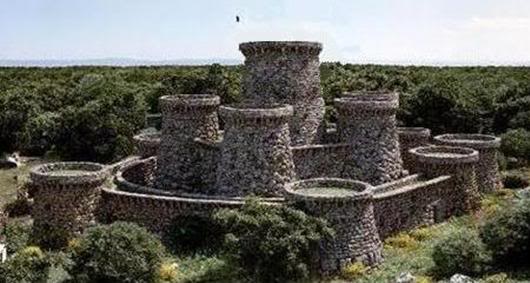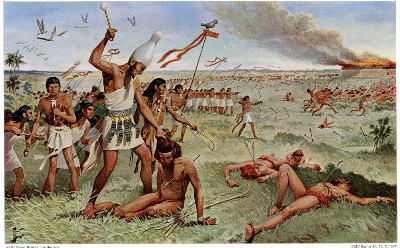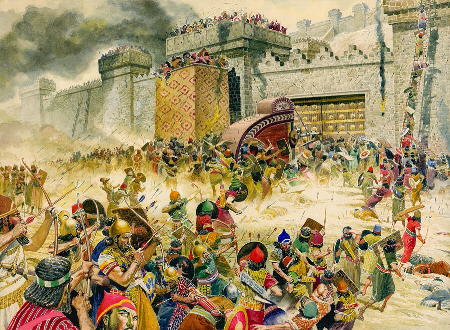++++++++++++++++++++++++++++++++++++
ITALY CENTERED
(Corsica, Sardinia, Italian penninsula, Sicily & Malta)
++++++++++++++++++++++++++++++++++++

| LORDS OF THE EARTH 38 - THE DAWN OF CIVILIZATION | |
| Newsfax Turn: #2 ( 2125 - 2121 BC ) | |
| May xx, 2015 |
 |
While his brother was campaigning in the desert heat, King Mentuhotep marched his army of 2,500 infantry north into the farmlands of Faiyum with intent to perform diplomacy-in-force upon Herakleopolis. Unfortunately the timing of his arrival matched that of the news that Ghebel Gharib - aligned with Herakleopolis - had been invaded by wariors of Thebes. The Herakleoplitians immediately assumed this army was invading also and marched to meet it. And so it was as Mentuhotep's army neared a village by a slight rise in the terrain they were confronted by 4,000 mixed Herakleoptian infantry and skirmishers (whose scouting had tracked the Thebean army's movements). Mentuhotep shouted orders to his men to form ranks as the locals were clearly not in the mood to parley. |
 |
The Harappans faced three thousand defenders in Mohenjo-Daro led by King Akbar Karzai, who was even a better general than Asoka although with far less warriors at his command. Three times the Harappans rushed the walls of the city, hundreds of men falling to a storm of short-bow arrows, hurled javelins and slung rocks before getting close enough to make an effective reply: the fire from their more numerous short bows and slings in turn dropping defenders by the hundreds screaming from the battlements. Twice Akbar was able to reinforce threatened areas where Harappans had taken sections of wall. The third assault there were just too few men of Mohenjo-Daro remaining, and the Harappans gained the walls in multiple places, some working their way down to open the main gates. Fighting continued within the city, causing significant destruction, buying |